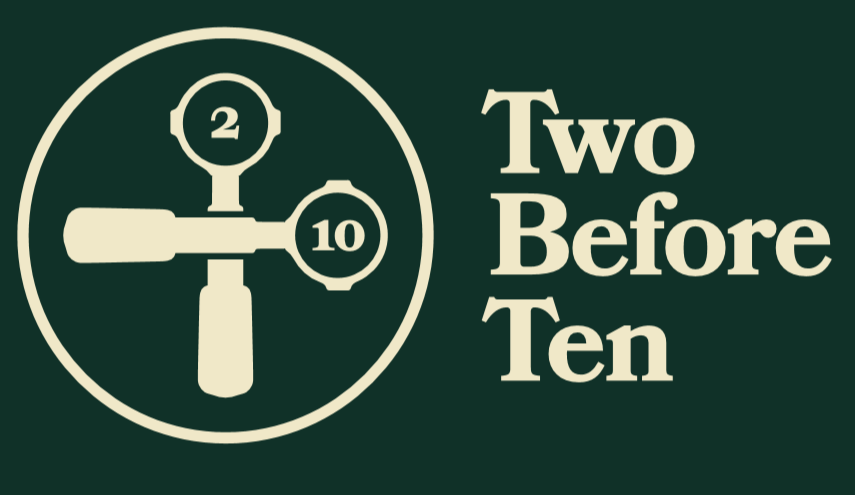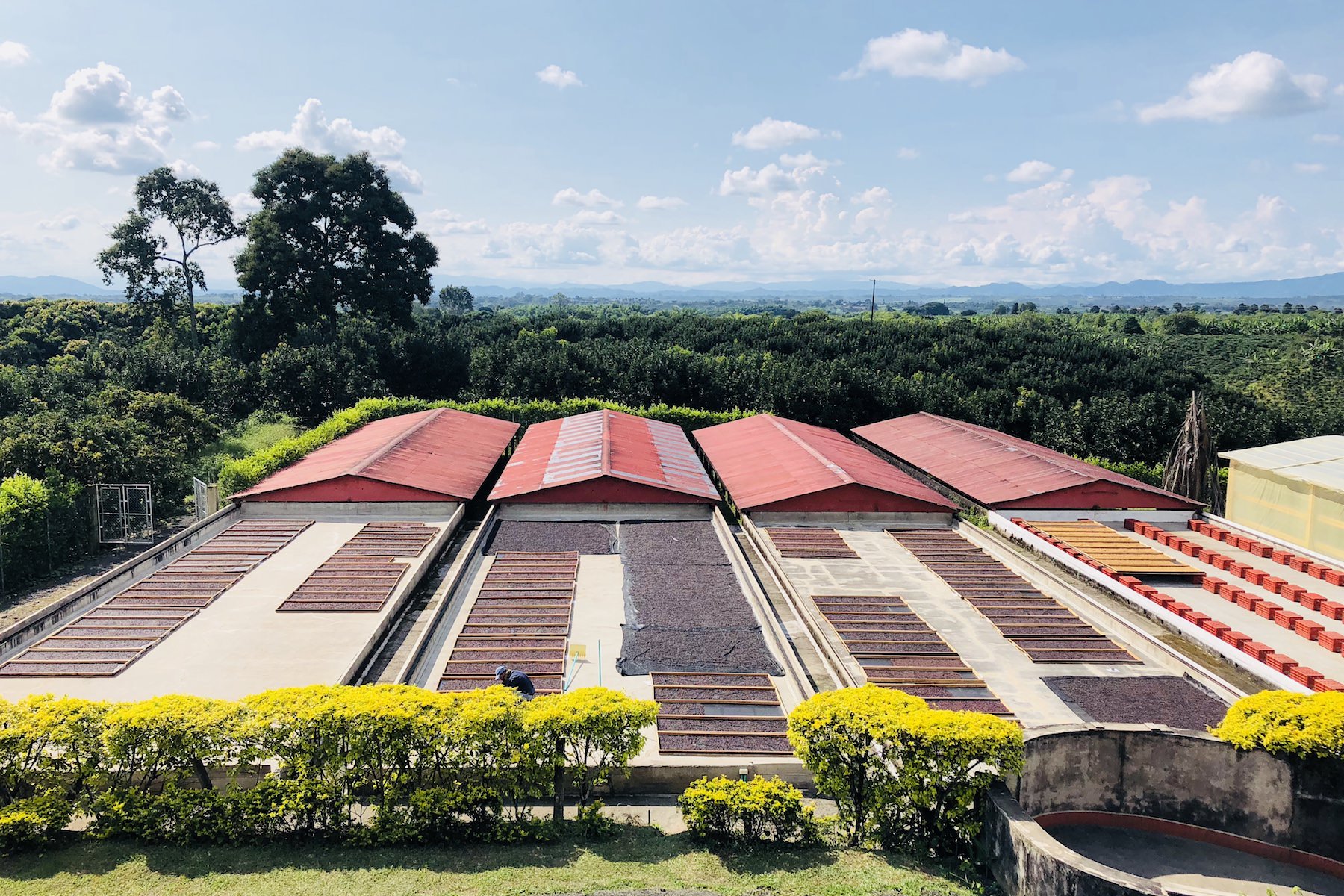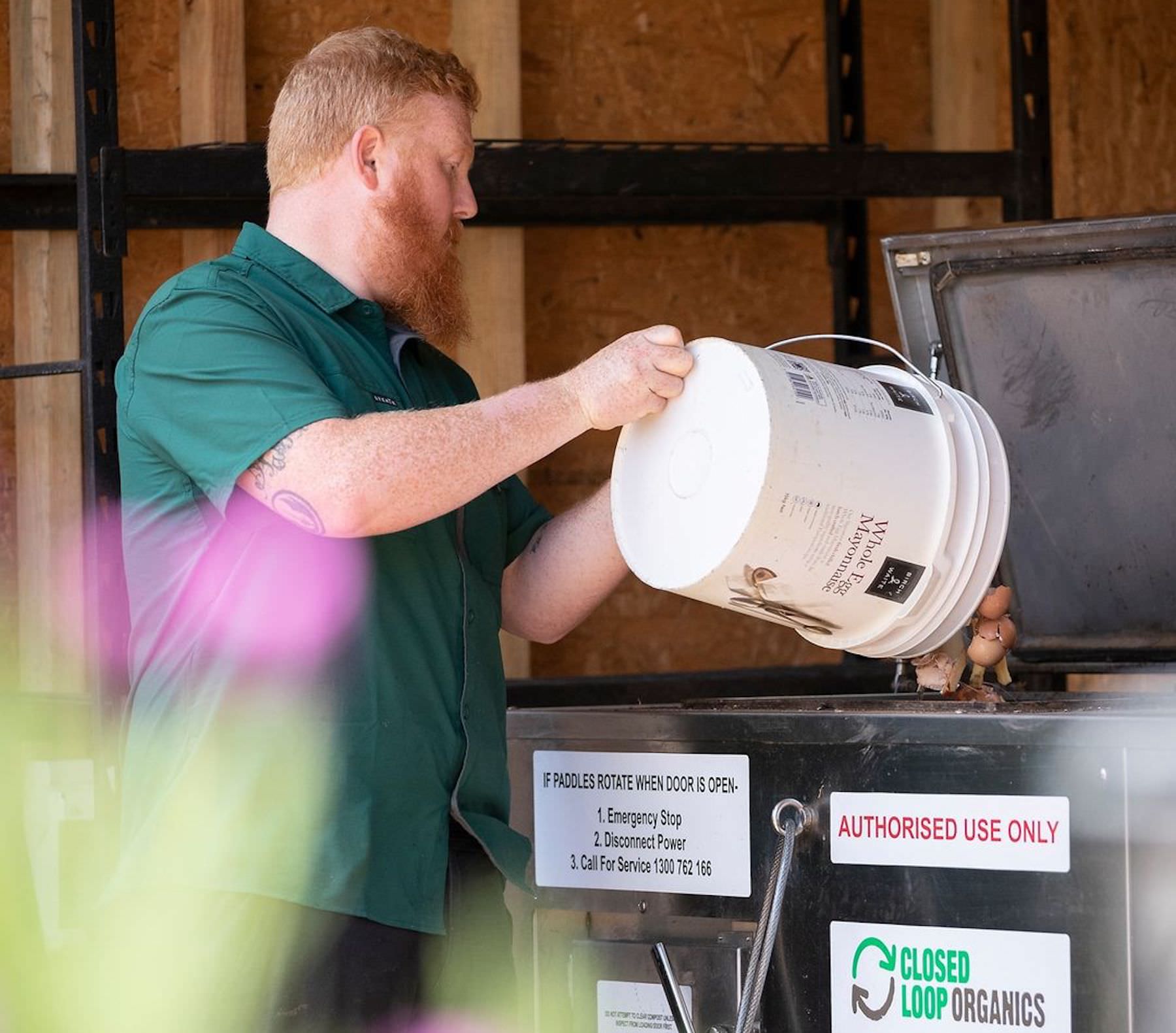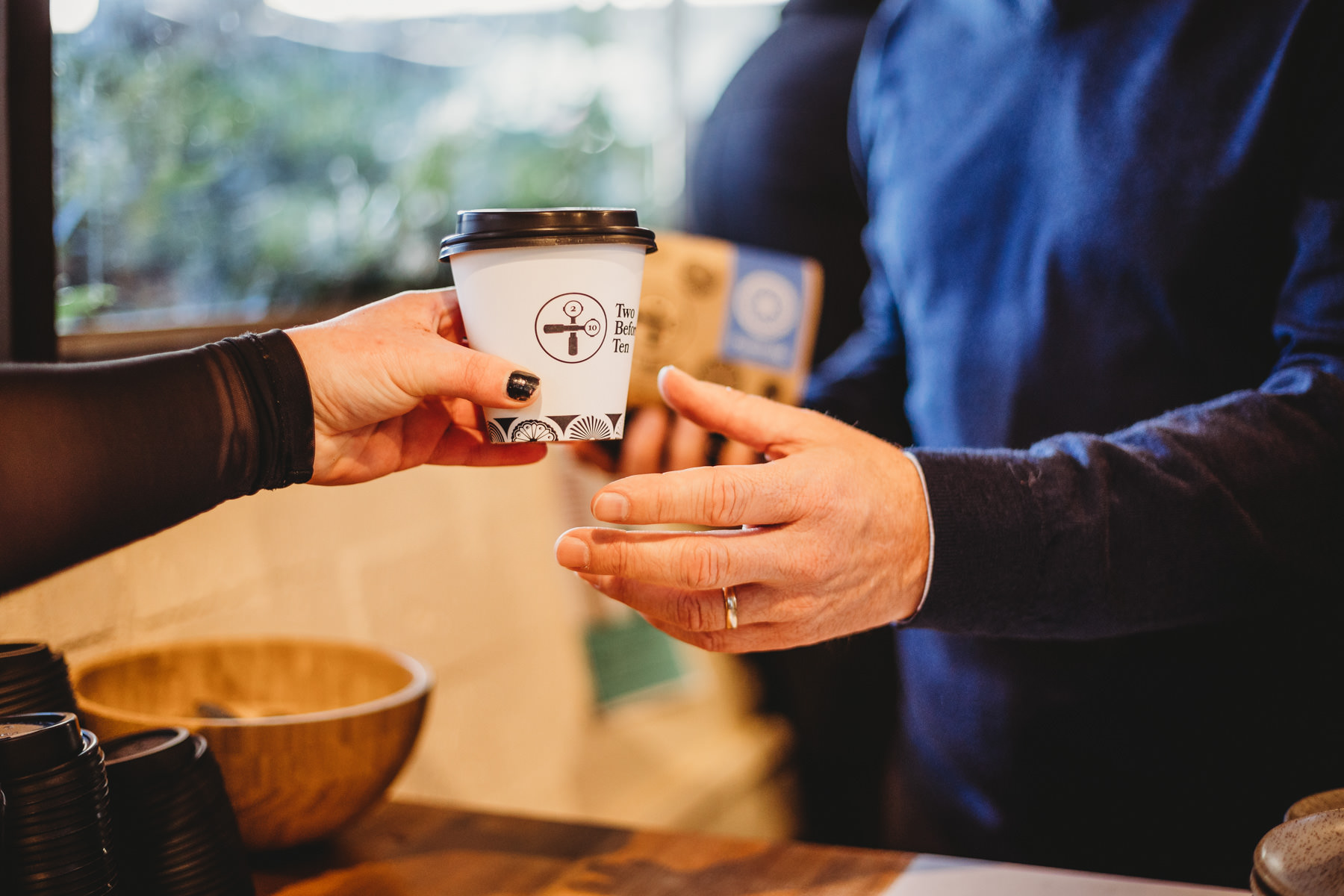How We Source Coffee Beans

It’s a sad fact of life that coffee is fundamentally bad for the planet. At an average of 720kg of green beans per hectare, it’s not a very productive crop compared to wheat at 4700kg or corn at 9000kg. It’s then transported very long distances and roasted and brewed using fossil fuels, delivering an end product that is approximately 1.1% of the initial crop weight*. But coffee, as one of the world’s most traded commodities, is here to stay. So we need to make sure we’re balancing its production with planetary benefits. When producers are paid a fair wage, their children are able to go to school and their local environment is cared for, growing coffee can pull a community out of poverty and offer pathways to a sustainable future.

At Two Before Ten we source coffee from a multitude of countries across the world. Green beans come to us from Nicaragua, Burundi, Papua New Guinea and everywhere in between, giving us thousands of choices that we need to narrow down to about 15 origins. So how do we choose when there’s such incredible variety? The importance we place on sourcing ethically makes our process a little different to most.
First we need to consider what we’re looking for in the attributes of the coffee. Our roasters may want to replace a blend component with something sweeter, or richer, or with bigger body. They will draw on their knowledge of what flavour profiles and attributes to expect from which origins, and more specifically, which regions within those origins. Then it’s a discussion with our suppliers to narrow down what’s available and fresh when the previous origin runs out. The time from harvest, to pre-samples, to shipping, to arrival in Australia takes several months, requiring a proactive approach in order to lock in a great coffee before it’s snapped up by someone else. Usually from here it’s a matter of cupping various samples and choosing the best tasting coffee, but since 2018, we have added in an extra step.

For the past two years we have only bought green beans from farms and co-ops who have a significant focus on sustainability. This can range from water recycling programs, building schools, keeping natural forest corridors, renewable powered eco-villages, training farmers in soil regeneration, supporting women-run co-ops, and more. The relationships we have built with our coffee suppliers and green bean buyers is vital in this step. They are our eyes and ears at origin and a wealth of information. Most importantly, they know how important traceability is to us, and are able to recommend farms that are thinking long-term and practising these values.

There is an emerging trend in coffee roasteries towards direct trade and “skipping the middle man”. This can be great for the roastery, but not always the best option for those at the other end of the chain. Often farms will grow a few different varieties across different terrain and soils, ending up with a mix of commercial and specialty grade beans. Selling directly to an end user can often leave some of the crop unsaleable, because the end user is only looking for a particular quality of bean. Through working with green bean suppliers who are transparent about the process, we know that the producers of our coffee receive ongoing support and a better deal overall.

When we find an origin that we love, that has a strong sustainability story, we prefer to stick with them on an ongoing basis. This helps farmers planning year to year - knowing they have guaranteed income for the next harvest creates an element of stability for people in some of the world’s poorest regions. It also helps us as a coffee roastery keep consistency through our blends. The Burundi Akawa Project is the perfect example of this win-win scenario. We’re coming up on the fourth year buying their coffee from the Runyinya and Mageyo Mills, and the quality has improved every harvest as they continue to invest resources into improving their crops and community.
The world of specialty coffee has come a long way in recent years, opening up new regions and methods of traceability that weren’t possible before. It’s incredibly important to us that we use our buying power to support farmers and exporters who are reinvesting and making the extra effort to create and maintain sustainable systems for their local community and environment. Our purchasing patterns help shape the world, so we choose to purchase from people that do good. It’s not just about making consistently great tasting coffee, but considering everyone affected along the way.




Photos from top to bottom:
Touring the Burundi Akawa Project
Pickers from Ethiopia's Dararo Group
Head Roaster Jenna visits a shaded Sumatran plantation
The Mwika Co-op in Tanzania after the funding for their pulper and raised beds came through
Drying cherry at the Runyinya Mill in Burundi
The Runyinya washing station where water is recycled in Burundi
Jairo Arcila among his coffee trees in Colombia
A Rwanda picker displays her cherries
Aida Batlle leads a tour of her drying beds
*Calculating end product as percentage of crop weight:
20g dose of ground beans with 10% TDS is 2g in final cup
33% loss during roasting and sorting
6kg of cherry to every 1kg of hulled green beans = 180g cherry per cup





